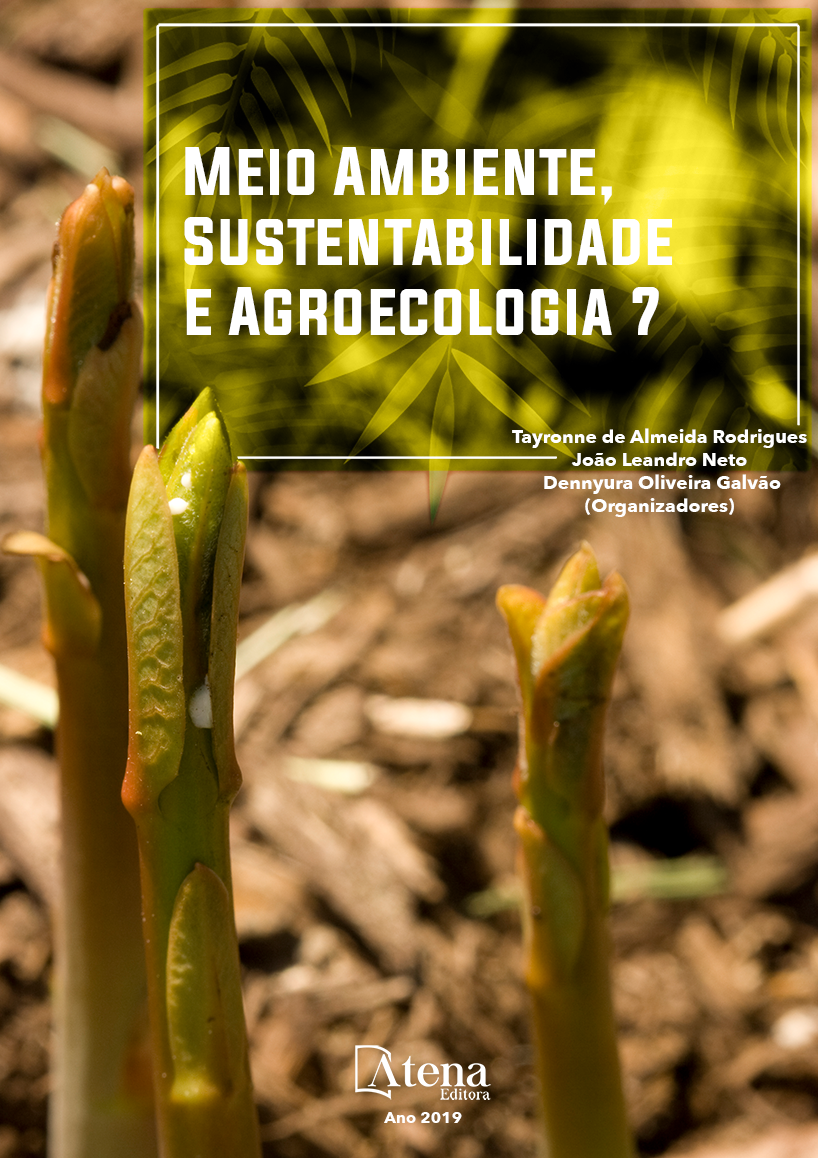
ANALISE DA SUSTENTABILIDADE NA PRODUÇÃO DE LEITE BOVINO EM AGROECOSSISTEMAS DA AGRICULTURA FAMILIAR
Os agroecossistemas são sistemas
de produção agropecuários, representados
pelos recursos disponíveis em um espaço
geográfico rural (propriedade), incluindo as
dimensões ambientais, econômicas e sociais.
Este estudo tem o objetivo de analisar a
sustentabilidade na produção de leite bovino
em agroecossistemas da agricultura familiar
em Marechal Cândido Rondon e Mercedes,
PR. O método utilizado foi o MESMIS –
Sustentabilidad y manejo de recursos naturales:
El marco de evaluación. Observa-se nos 22
indicadores, o agroecossistema com maior
grau de sustentabilidade é o 3, com maiores
graus de importância em 11 indicadores,
seguido do agroecossistema 2 com maiores
graus de importância em 9 indicadores e em
terceiro o agroecossistema 1, com maiores
graus de importância em apenas 6 indicadores.
Recomendamos ao agroecossistema 1
melhorar as condições de autogerenciamento,
estude novas opções de comercialização com
cooperativas e viabilize a contratação de mão de
obra, se julgar necessário. Ao agroecossistema
2, atenção à falta de água, (freqüente e poço
artesiano limitado), sugerimos implantação
de cisterna para captação de água. Ao
agroecossistema 3, atender as exigências de
reserva legal, ampliando para o mínimo de
20% da área da propriedade e adote a prática
da adubação verde para reduzir custos com
fertilizantes.
ANALISE DA SUSTENTABILIDADE NA PRODUÇÃO DE LEITE BOVINO EM AGROECOSSISTEMAS DA AGRICULTURA FAMILIAR
-
DOI: 10.22533/at.ed.3231916053
-
Palavras-chave: Agroecossistemas, Sustentabilidade, Indicadores de sustentabilidade.
-
Keywords: Agroecosystems, Sustainability, Sustainability Indicators.
-
Abstract:
Agroecosystems are agricultural
production systems, represented by the
resources available in a rural geographic
space (property), including the environmental,
economic and social dimensions. This study
aims to analyze sustainability in the production of bovine milk in agroecosystems of family
agriculture in Marechal Cândido Rondon and Mercedes, PR. The method used was the
MESMIS - Sustainability and natural resource management: The evaluation framework.
In the 22 indicators, the agroecosystem with the highest degree of sustainability is 3,
with the highest degrees of importance in 11 indicators, followed by agroecossystem 2
with the highest degrees of importance in 9 indicators and in the third agroecossystem
1, with higher degrees of importance. importance in only 6 indicators. We recommend
that agroecossystem 1 improve self-management conditions, study new marketing
options with cooperatives, and make it feasible to hire labor if it is deemed necessary.
To the agroecossystem 2, attention to the lack of water, (frequent and limited artesian
well), we suggest implantation of cistern to capture water. To agroecosystem 3, meet
the legal reserve requirements, extending to a minimum of 20% of the property area
and adopt the practice of green manuring to reduce costs with fertilizers.
-
Número de páginas: 15
- RAFAEL CRISTIANO HEINRICH
- MARCIA ANDRÉIA BARBOZA DA SILVA
- IVAN MAURÍCIO MARTINS
- NARDEL LUIZ SOARES DA SILVA
- ANDRÉ FERNANDO HEIN
- Carli Freitag


